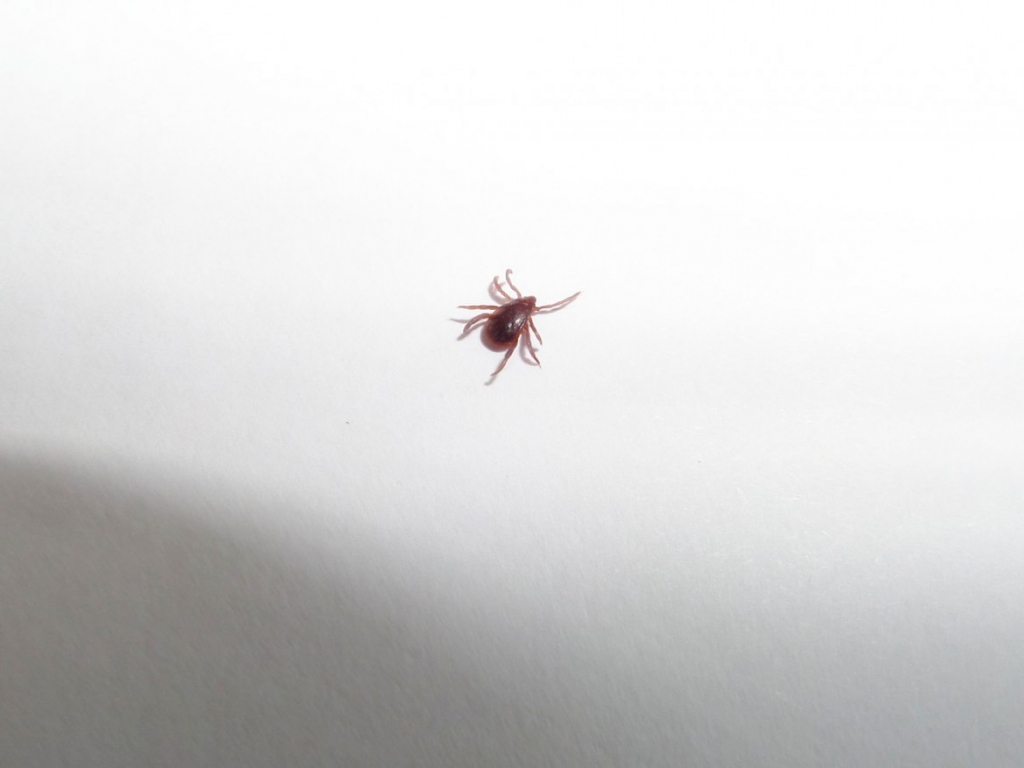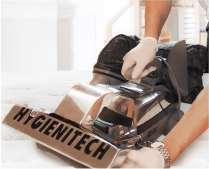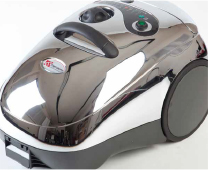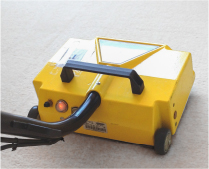Benefits of Using Our Service
- Service since 1947 – years of professional pest control experience
- Use Green Insecticides to Replace Traditional Toxic Chemicals – Natural Insect Repellent, Natural Bed Bug, Lice & Flea Exterminator Laundry & Spray, Green Pesticide (Borates)
- Combination of UV-C Bugs Killing Machine, Professional Steamer, Montiors and Sticky Traps as Non-chemical Options
- Satisfaction Guaranteed
Ticks
Life Cycle
All ticks have four life stages: the egg and three parasitic stages that feed on the blood of vertebrates, two immature stages (larva and nymph), and the adult stage. Brown dog tick female lays from a few hundred to more than 5000 eggs in cracks and crevices. The six-legged larvae hatch after the eggs have incubated for 40-60 days. To moult to the next stage, the larval tick must obtain a blood meal (eight-legged nymphal stages, and an eight-legged adult stage).
Once a suitable host is found, the larvae will blood feed for 4-6 days, drop from the host and moult to the eight-legged nymphal stage. Nymphs require a further blood meal for 4-8 days before moulting to the adult stage. After feeding once more, the adult female hard ticks lay one batch of thousands of eggs and then die.
The time to completion of the entire life cycle may vary from less than a year in tropical regions to over three years in cold climates, where certain stages may enter diapause until hosts are again available. Many hard ticks can go for several months without feeding if not unduly duressed by environmental conditions.
Problems associated with ticks
Ticks are blood feeding external parasites of mammals, birds, and reptiles throughout the world. Approximately 850 species have been described worldwide (Furman and Loomis 1984). There are two well established families of ticks, the Ixodidae (hard ticks), and Argasidae (soft ticks). Both are important vectors of disease causing agents to humans and animals throughout the world. Ticks transmit the widest variety of pathogens of any blood sucking arthropod, including bacteria, rickettsiae, protozoa, and viruses. Some human diseases of current interest in the United States caused by tick-borne pathogens include Lyme disease, ehrlichiosis, babesiosis, rocky mountain spotted fever, tularemia, and tick-borne relapsing fever.
Dogs are susceptible to Lyme disease and may develop arthritis or lameness, lethargy, loss of appetite, disease of the lymph nodes, or other clinical conditions after being infected. Other animals including cats, horses, and livestock can become infected with Borrelia burgdorferi, but rarely develop clinical signs. Consult a veterinarian if you suspect that your dog has Lyme disease, or if you wish to consider protecting your dog(s) with one of the commercially available canine Lyme disease vaccines. Highly effective pesticide-impregnated tick collars also are available to protect dogs that are exposed to tick-infested environments.
Preventing Ticks
All clothing should be removed on returning home and placed into a hot dryer for 20 minutes, which will kill any ticks that may still be on the clothing. Note that ticks can wander on the body for some two hours before attaching, make sure you search well for ticks, especially behind the ears and on the back of the head. Children and pets should be examined for ticks after visiting bushland/infested areas.
Sanitation
Thoroughly and regularly clean areas where adult ticks, tick larvae, and tick eggs are found. Vacuum floors, rugs, carpets, upholstered furniture, and crevices around baseboards and cabinets daily. Use a small pair of curved forceps or tweezers.
If possible, wear some sort of hand protection such as gloves so you don’t spread bacteria from the tick to your hands. Using the tweezers, carefully flip the tick over onto its back. Grasp the tick firmly with the tweezers as close to the skin as possible. Apply gentle pulling until the tick comes free. Twisting or turning the tick does not make removal easier because the mouthparts are barbed, not spiraled. Once removed, don’t crush the tick because you may transmit disease. Rinse it down a sink or flush it down a toilet.





